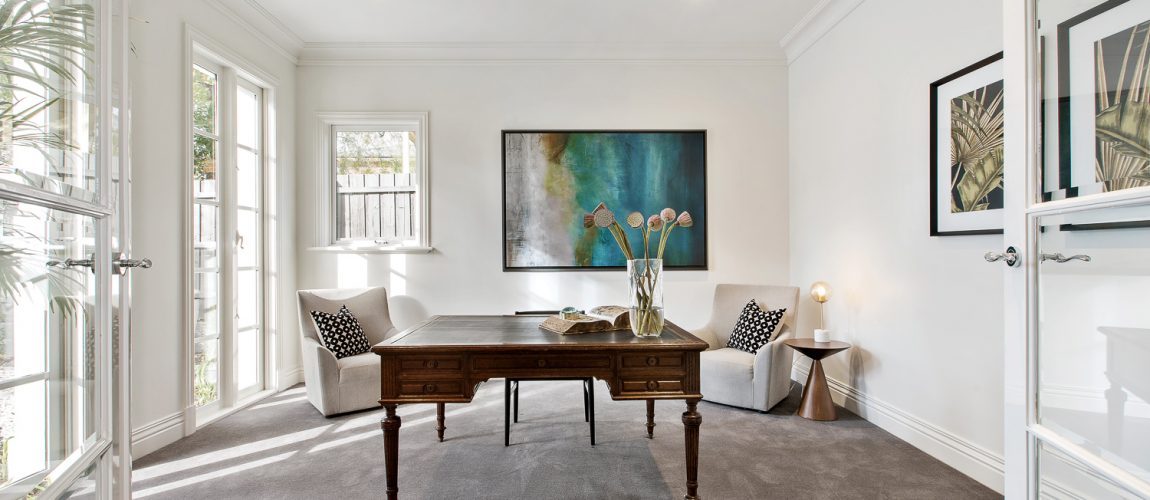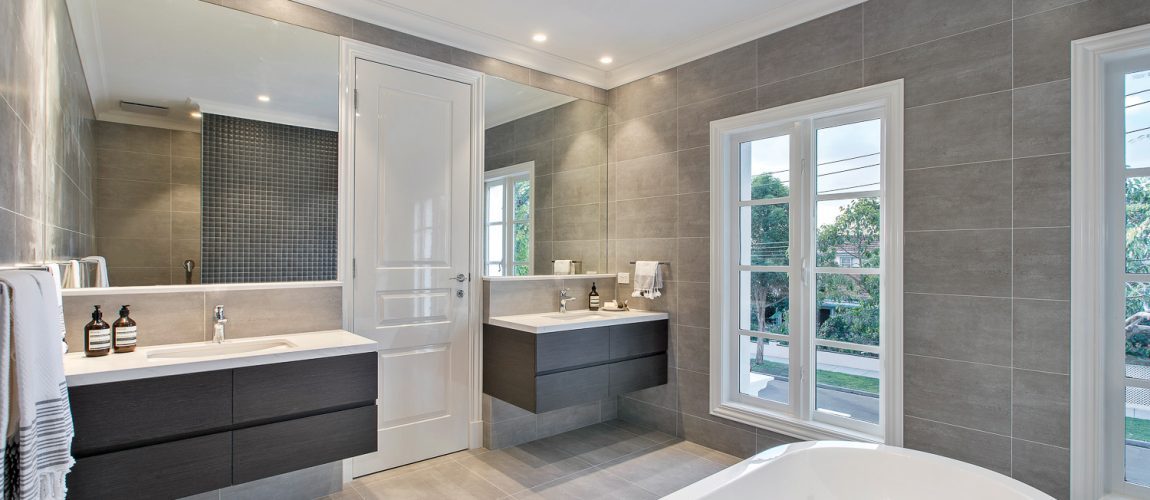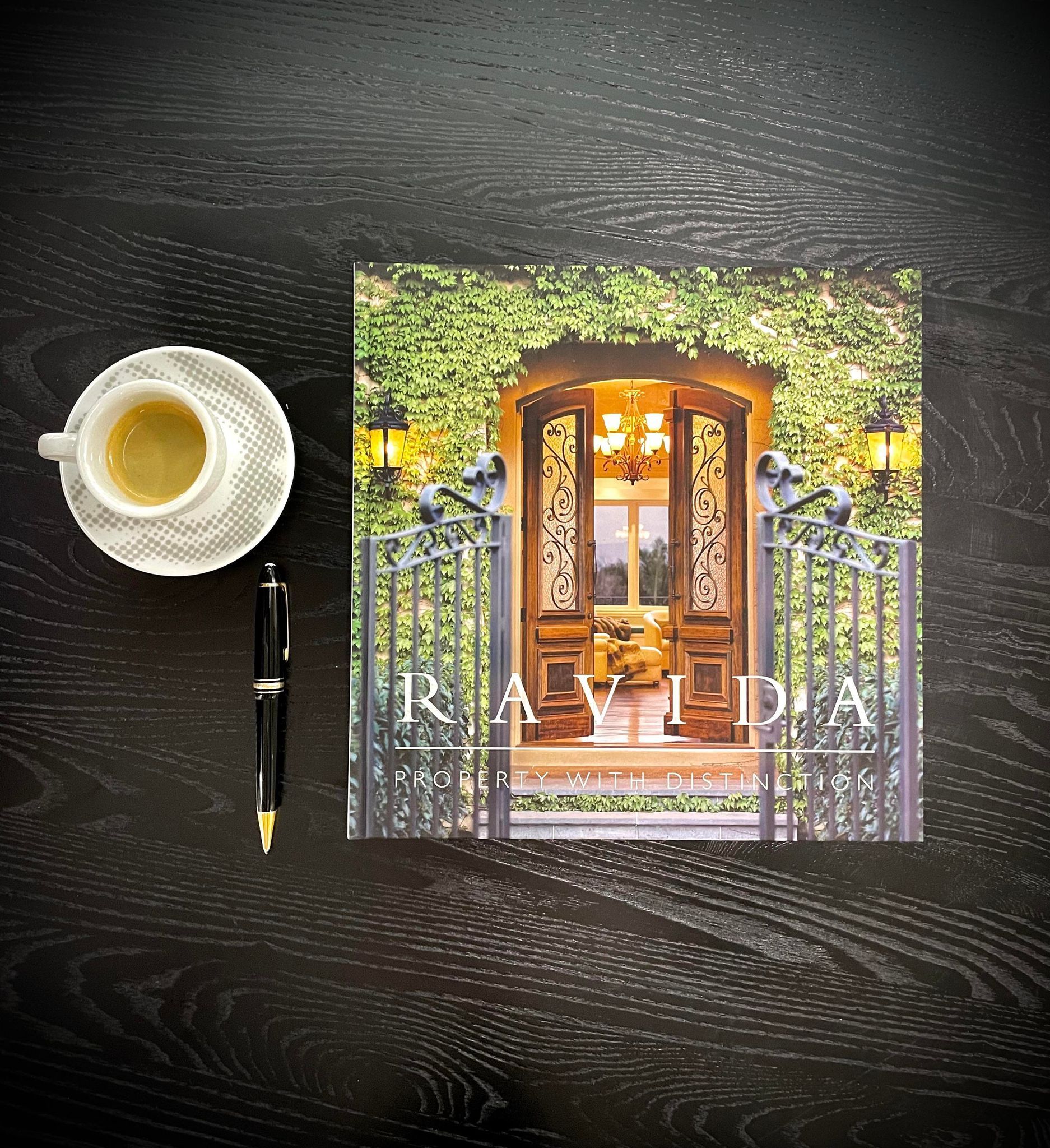When choosing Luxury Homes builders (in Melbourne) especially in established areas, you’re faced with an important decision: do you opt for a standard design / display home or do you go for a custom-designed home? While standard designs certainly have their merits, you can walk through them and see what your home will look and feel like when completed. There’s something truly special about Luxury homes that are tailored to your specific site that’s designed to your specific needs. So lets explore some of the reasons why a Custom home builders usually stand above standard designs.
1. Orientation
One significant advantage of a custom-designed home is the ability to optimize its orientation and capitalize on views and outlooks. Standard designs cannot consider the natural surroundings and streetscape, they are limited in their ability to harness sunlight and take the best advantage of scenic vistas and avoid direct views of ugly ones! A custom design allows you to position your home and the rooms within your home to capture sunlight, maximize natural light, and frame the beauty of your environment.
2. Physical features of the site.
Not all sites are created equal, and the physical nature of your property can significantly impact the design of your home. Custom designs can adapt seamlessly to the unique topography and features of your land. Your land might slope gently or be fit for a mountain goat, it may have protected trees or unsightly neighbouring buildings, it might have easements or covenants or council planning constraints, it doesn’t matter as a custom design home can make the most of every site. Through our design development process we maximising the use of your site you not only get a more functional and visually appealing home, you are maximising your both your lifestyle and financial investment. By contrast a standard / display home is plonked on your site and then the barest minimum is done to make the house work with little or no consideration of how the rest of the land might be used. This often results in a home that looks dug in to the land and causes additional costs in landscaping works once the home is completed.
3. Street Presence
Luxury Homes Melbourne are known for their street presence, it makes the first impression, hints at what lays beyond and it should reflect your individual style and personality. Custom design homes allow you to create a facade that works for you, it could seamlessly blend with the streetscape or be a distinctive landmark in the area or anywhere in between. The look and feel of a home says a lot about you and should align with the personality of the people within it, if it doesn’t then you will not feel comfortable living there. It also creates a point of difference when it comes to selling the home.
4. Costs
Generally, at the initial stage a Standard / Display home will appear less expensive than a Custom Designed home. This is because Display homes have been highly developed to be a very cost effective product. They are designed and redesigned, engineered and re-engineered, specified and re specified to reduce costs in every way possible without impacting the look of the home. A simple example is that they typically have less doors than you would usually want in a home. They usually have 1 or 2 stunning elements that attempt to make you look past some of the practical shortcomings in day to day living. The business model assumes there are almost always areas of the home that you will want to change and most display home builders will happily accommodate that and the costs go up dramatically. The changes also make the home less efficient both in terms of cost and in terms of flow within the floor plan, like bad wallpaper, the more you try to get the new design element to line up, the less other areas line up. A further factor in the price difference between the two options is the foundations and cost of site works, (excavation, soil and spoil removal, additional steel, thickened slabs, retaining walls etc etc). A standard design cannot account for this in its original price as it cannot know what land it is being built on and what is required so the foundations are usually removed from the costs or at least minimised to a great extent and then is added to the cost of the home later on. Custom Designed homes are designed for the specific site so the conditions are known and are addresses and accounted for in the design development phase and in the engineering, and because its not standardised a number of design and engineering solutions and their costs can be explored.
5. Individual Functionality
Standard designs are often built with a general audience in mind, but every family is unique. Your lifestyle, needs, and preferences are one-of-a-kind, and a custom-designed home can cater to these specifics. From the macro layout, number of rooms, size and location of those rooms, down to the layout of the kitchen, laundry, study shelves even the amount of ½ height vs full height hanging in the walk in robes, even accommodating the pets!! Every aspect of your home can be tailored to meet your individual functionality requirements.
6. Resale Value
While you might be building your new home for the long term, your home is an incredibly (tax) effective investment for you and your family, so especially in Melbourne finest suburbs it’s essential to consider the resale value of what you decide to build. Custom-designed homes always fetch higher prices on the market in a knock down rebuild scenario in high value areas, because they are unique, the fit the site more seamlessly and provide a better outcome. The standard / display homes are highly visible and identifiable in these areas as there are typically a number examples in the area. And because their cost is often well know from advertising or easily checked by google, the price of these homes is limited. If a display home is advertised at $1m and the land it is worth $2m why would anyone pay more than $3m for it!?
In conclusion, while standard home designs offer advantages, they can be cheap and effective on certain sites, provided you don’t change anything. And they are usually slightly faster to build as they prefabricate much of the construction process. You also know what it looks and feels like inside as you have walked through a built example. But a Custom Designed home allows you to harness the full potential of your land, create a home that perfectly suits your lifestyle, and capitalises on your investment through a more enjoyable lifestyle and increased resale value.
IS BUILDING A NEW HOME THE BEST TIME TO GO SOLAR
Unfortunately, the recent governments (both state and federal) have flipped and flopped in regards to policies on domestic PV solar systems. There have been significant reductions in what the utilities companies must pay you for power you generate and feed into their grid which is now much less than they sell it to you. And there has been constant change in the amounts available for rebates, grants and subsidies as well as many shifts in the qualifying criteria to be able to access the grants.
So you may ask yourself is this the best time to go solar or should I wait for a better rebate or subsidy? or wait till the solar panels are even better than they are now? Clearly the very early adopters had an advantage as they secured the much higher buy back rate from the utilities, they were receiving about 4 times the amount for what they generated compared to what they paid for anything they used off the grid. BUT back then the technology wasn’t that great, panels produced way less power than they do now, and systems were usually much smaller and the homes and appliances in them were far less efficient so the amount of electricity that was produced over and above what was used by the house itself was very small anyway. So they certainly saved money and often in summer paid no bills at all, but the bills were much much lower anyway.
Over time the output of the panels has improved by a factor of about 4, the appliances we run in our homes are more efficient and new homes are far far more efficient but we typically have more of them, and what we are paying for electricity is much much higher… So solar panels are best used to reduce the amount of power So on balance the value proposition still holds and a good solar system can at least drastically reduce your electricity bills and you will save more money than the early adoptors even factoring in that good rate. And in 5-10-15yrs time the panels will become more efficient again as will the appliances and the homes, but the Grid run and owned by the Utilities is already unable to cope with the power generated on a sunny summers day so they are unlikely to anyone in the future a premium to add to that problem, so you will likely see the ‘buy back’ rate decline rather than increase down the track.
So you aren’t likely to be better off by waiting for higher output panels, the utility companies don’t want your power when you are producing the most so wont likely pay you much for it, and you will have gone another 5 years without getting any benefit at all.
The only real variable is the Government rebates, grants and subsidies which are reasonably generous currently and the qualification threshold is realistic. But im not brave enough to guess what if any scheme if any may exist in the future.
As the saying goes, the best time to plant at tree is 20 years ago, the 2nd best time is now!








